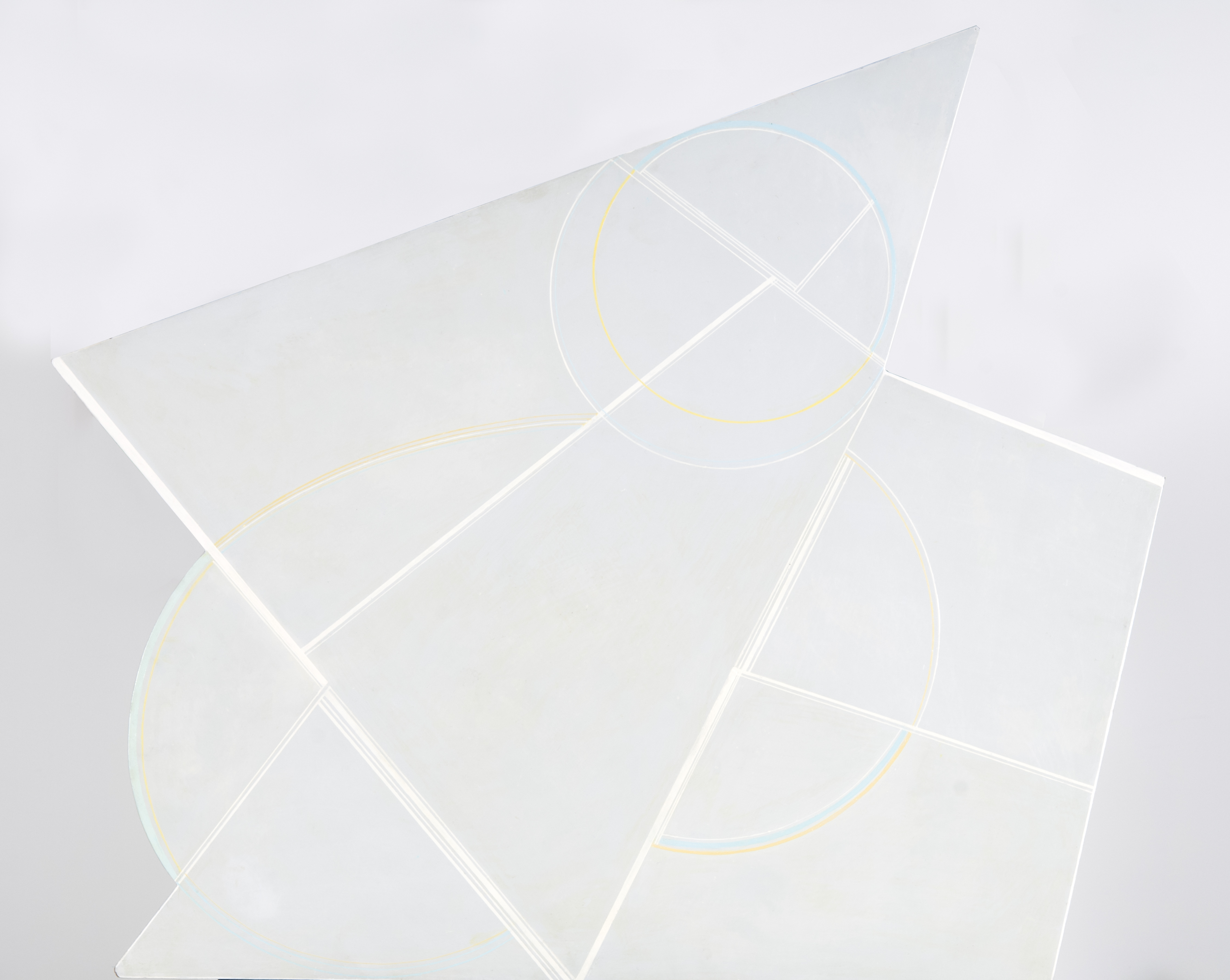Volf Roitman arrived in Buenos Aires in 1936 with his family who were migrs of Russian-Rumanian origin. He first studied industrial design and architecture but, in 1950, he abandoned these courses to dedicate himself to painting and literature. He frequented the city’s vanguard circles and published the literary magazine Poesa Buenos Aires (1950-1951).
In 1951 Roitman moved to Paris where he joined the resident artistic avant-garde. He became friends with Carmelo Arden Quin, who introduced him to the theories of Mad art. Roitman joined Arden Quin in the reactivation of the Mad movement through their work at the Centro de Investigacion y Estudios Madi, in Paris. During the first half of the 50s he participated with the Mad group in several editions of the Salon des Ralits Nouvelles. In 1955 he presented his first individual exhibition at the Galerie Beaune, in Paris. Between 1956 and 1958 Roitman wrote two plays of inspired by the principles of Mad. In Cesquetucroy and Professor Omnium, he put into practice the multidisciplinary character of the movement. His paintings of this period followed the Mad ideal, showing an irregular edge and emphasizing the circular and semicircular forms in a way no other artist of the movement had done before. In addition, Roitman introduced new features to the Mad aesthetic, including the reduction of the intensity of the chromatic field to only white, black and pastel colors, and multiplying the linear forms (orthogonal, triangular or curved) that furrowed or delimited the fields of color. Examples of his works of this period are the series Ying and Yang and Memory of Balanchine, produced in New York at the end of the 50s and beginnings of the 60s.
During the 1960s, Roitman’s literary and theater work gained momentum as his production of visual arts diminished. He published novels, founded theater groups and directed short cinematographic films. In the middle of the 80s, while continuing writing, he returned to the visual arts. The new works differed from those of the 50s in that he began to use vibrant chromatics. Beginning in 1983 he produced three-dimensional collages, works on paper varying from small moving objects to great murals. In 1995, during a stay in Spain, he began to make sculptures in metal cut with laser, which he designed with the purpose of obtaining the same sensation of lightness and flexibility transmitted by his works in paper. The ambiguous and apparent similarity amongst his three-dimensional works, whether on paper or metal, inspired him to produce the Madi Books (1996), in which each “page” had the characteristic geometric forms and intense colorful panel of Mad art. In 2002 Roitman made a set of sculptures for the facade of the Madi Museum (inaugurated the following year in Dallas, Texas, United States) that is his most important work of public art.
